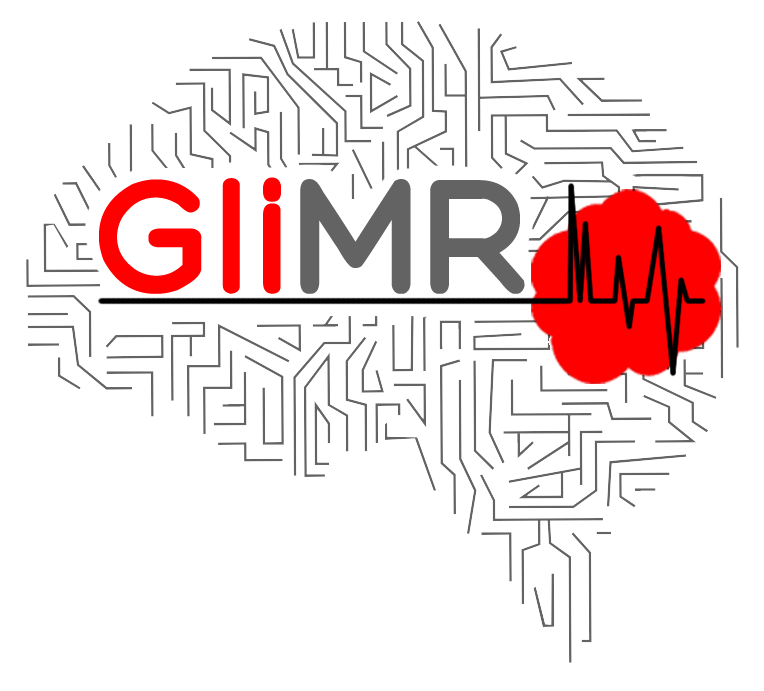The European network GliMR published an article collection to highlight the potential of advanced MRI techniques to improve diagnosis and treatment of glioma, a type of brain cancer with poor chances of survival, affecting 44,000 patients yearly in the EU.
On 7 March 2022, the COST Action ‘Glioma MR Imaging 2.0’ (GliMR) published a collection of 15 scientific articles and reviews documenting the latest evidence of the role of advanced MRI techniques in the standard of care for glioma patients. This collection was assembled in collaboration with the peer-reviewed journal ‘Magnetic Resonance Materials in Physics, Biology and Medicine’ as this year’s special issue entitled ‘Micro- to macroscale magnetic resonance imaging of glioma’.
Yearly, approximately 44,000 patients are diagnosed with this type of brain tumor in the EU. Researchers are still struggling to devise the best treatment strategy for individual patients. GliMR believes that advanced MRI techniques may play an important role by providing crucial information to allow accurate diagnosis, efficient treatment planning, and patient follow-up.
“Advanced MRI is non-invasive, provides important information that can support clinicians in their decision-making, and are more and more available. Although these techniques can clearly benefit the patients, they are unfortunately still underused in the standard clinical setting.”
Guest editors Dr. Esther Warnert (Erasmus MC, Netherlands, Chair of GliMR) and Dr. Patricia Clement (Ghent University, Belgium, working group leader and Science Communication Officer of GliMR).

From L to R: Dr. Esther Warnert (Erasmus MC, NL; Chair of GliMR) and Dr. Patricia Clement (Ghent University, BE; working group leader and Science Communication Officer of GliMR); both guest editors of the special issue.
For example, the negative effects of cancer therapy, such as radiation and chemotherapy, on cognition and quality of life have been well known for a long time. However, their impact on the brain is not yet fully understood. In one of the reviews within the collection, a team of clinicians and researchers from ten European countries systematically reviewed the current evidence of the use of advanced MRI for the detection of therapy side effects in the brain with a special focus on healthy-appearing brain regions without tumor growth.
“The standard MRI techniques provide information on the long-term irreversible damage to brain structure, however, earlier therapy-related changes in brain physiology and metabolism are currently difficult to measure. Advanced MRI is able to address this gap and provide means for early evaluation and modification of cancer therapy to reduce adverse effects. With this review, we hope to encourage future research for cancer therapy monitoring using metabolic and physiological imaging.“
Dr. Jan Petr (Helmholtz-Zentrum Dresden-Rossendorf, De) and Dr. Vera Keil (Vrije Universiteit Amsterdam, Amsterdam University Medical Center, Nl), GliMR working group leaders.

From L to R: Dr. Jan Petr (Helmholtz-Zentrum Dresden-Rossendorf, DE) and Dr. Vera Keil (Vrije Universiteit Amsterdam, Amsterdam University Medical Center, NL); both are working group leader of GliMR and led a team of clinicians and researchers for the review on the potential of advanced MRI for the monitoring of cancer therapy adverse effects.
The European COST Action ‘Glioma MR Imaging 2.0’ (GliMR) ,is an international network founded in September 2019, uniting approximately 200 experts in multiple disciplines, including MRI physicists and engineers, molecular biologists, computer scientists, neuroradiologists, and treating physicians. The network promotes the potential of advanced MRI to further imaging diagnostics of glioma, by knowledge transfer, scientific collaboration, and facilitation of data sharing. With this article collection, the network strives to promote further research which will allow the harmonization and implementation of these techniques in the clinical setting, improving the standard of care for glioma patients.

